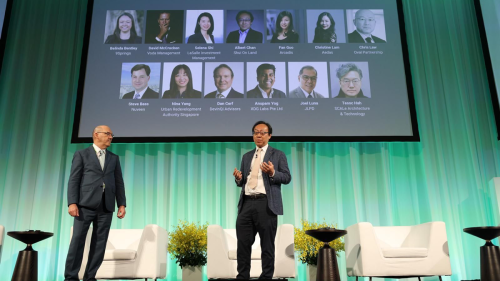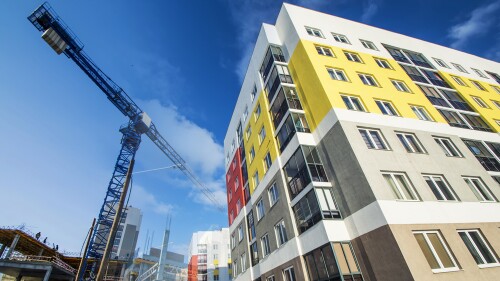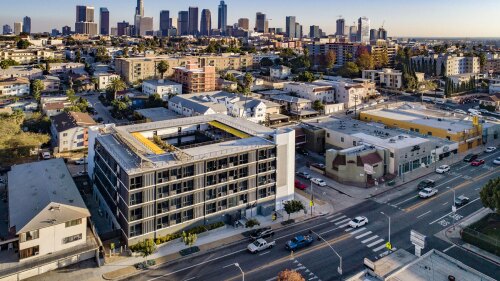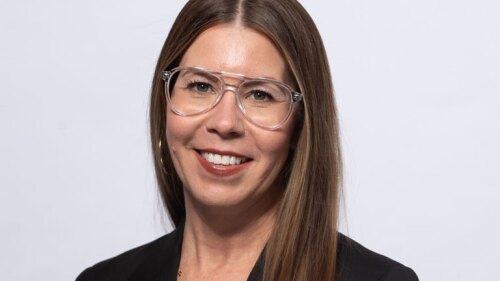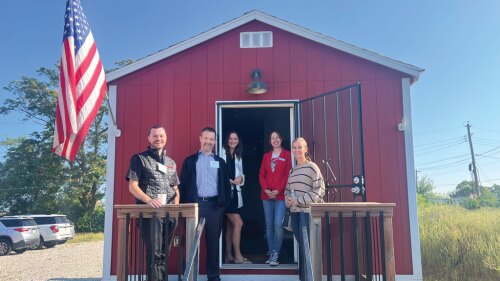Today the U.S. Energy Department released its definition of what constitutes a “zero emissions building,” a move that aims to bring clarity to the real estate and building industry as it works to decarbonize its assets and portfolios.
The winners of the second ULI Hines Student Competition for the Asia Pacific region faced a dual challenge: create a compelling urban development proposal and follow in the footsteps of classmates who won the inaugural contest.
Twelve developments from across Asia have been selected as winners of the 2024 ULI Asia Pacific Awards for Excellence, one of the real estate industry’s most prestigious honors. Announced at the 2024 ULI Asia Pacific Summit held in May in Tokyo, this year’s award winners include projects in Australia, China, Hong Kong, Japan, Singapore, and the Philippines. These winners will automatically qualify as nominees for the 2024 ULI Global Awards for Excellence, where they will compete against projects from North America and Europe.
A close look at trends shaping today’s best economic and talent hubs that offers valuable clues into how to create equitable, sustainable innovation districts that prosper.
Best Practices
Ten projects deliver compact residential spaces that offer more affordable city living options, foster community, and minimize environmental impacts.
How do construction projects measure and report carbon emissions? Across the industry, organizations are being tasked with carbon accounting, whether for corporate sustainability goals or for regulatory reporting requirements. Unfortunately, there isn’t a consistent industry-wide method to measure or report it.
For new construction, owners, developers, and investors can achieve the best low-carbon results by considering both the embodied and operational carbon impacts of their buildings and striking a balance between upfront carbon in materials and long-term efficiency returns, according to a new study by ULI. The report examines the various tradeoffs presented when these two types of carbon are considered in the design of a building’s façade and envelope.
In Depth
Housing affordability is an ongoing challenge, one that has been exacerbated in the last few years by rising interest rates and home prices. One alternative that is proving popular is the build-to-rent (BTR) model, which includes communities with apartment-style or single-family homes, or a combination of both.
Cities facing affordable housing challenges are becoming more open to making zoning changes that affect density.
Experts speak about the near-term prospects for converting office buildings into multifamily housing, best practices for evaluating conversion potential, innovative ways the public sector can support these projects, and other related trends.
According to the Pew Research Center, between 1971 and 2021, the number of people living in multigenerational households quadrupled, while the number of people in other living situations is less than double what it was. The share of the U.S. population living in multigenerational households in 2021 was 18 percent.
This was the resounding conclusion from two Homeless to Housed (H2H)-hosted programs during Urban Land Institute (ULI) springtime meetings. Furthermore, former Secretary of State Hilary Rodham Clinton echoed this call to action in her ULI Spring Meeting plenary presentation during which she advocated for New York City to create more affordable housing immediately to sustain its vitality as a world-class city for all people.
It’s no secret that construction starts are down in the current market where higher interest rates are making it tough to pencil out new projects. But, for some developers, the bigger problem these days is sourcing equity versus debt.
Industry Voices
The impact of daytime workers on certain types of retail has long been overstated. Yes, they provide critical support for lunch eateries and coffee bars, as well as select services including fitness studios and shoe repair. But downtowns could never count on this demographic for much more than that.
In a period short on opportunities and long on challenges, design matters even more. Good design principles are always worth employing, whatever the development climate, but three key design aspects pertain in particular: alliance, resilience, and quality.
Headlines have long proclaimed the demise of the American shopping mall. Despite undeniable shifts in the retail landscape, the truth about these spaces is more nuanced. These massive parcels often stand in prime locations and therefore hold massive potential to sidestep scrap-and-redevelop and to truly evolve.
Under the leadership of Chief Investment Officer Wes Fuller, Greystar, a vertically integrated real estate firm that owns, operates, and develops multifamily, student, and senior housing, began investing in international markets in 2013, including in Europe, Asia, and South America. The company’s robust institutional investment management platform now has a global presence in 249 markets.
In the first quarter of the year, we saw a palatable increase in financing requests from a variety of sponsors providing some optimism that real estate activity may be picking up. And while very few could be categorized as “good news” transactions, the vast majority were clearly indicative of what we are seeing in the market.
Over the last decade, real estate leaders have started to wrap the industry’s arms around what climate change—and the energy transition associated with it—means for the industry. Real estate companies with net zero commitments now account for nearly $1 trillion in market capitalization—well over half of the market cap of all publicly traded REITs. But setting targets is just the start. We’re learning a lot from those leaders moving beyond commitments to the hard work of transforming physical assets.
Philanthropy
Donations to the ULI Foundation support a wide variety of programs, initiatives, and groups, and among the options, donors may choose to
direct their gifts to their local ULI District Council. Three donors who have made recent substantial contributions to their respective District
Councils—Jack Cohen, Marc Pollack, and Greg West—highlight the impact individuals can have on their local communities. Their gifts, ranging from $15,000 to $100,000, enable their local District Councils to advance ULI’s mission priorities and carry out community outreach, all while helping members build relationships and share educational and other resources in their area.
direct their gifts to their local ULI District Council. Three donors who have made recent substantial contributions to their respective District
Councils—Jack Cohen, Marc Pollack, and Greg West—highlight the impact individuals can have on their local communities. Their gifts, ranging from $15,000 to $100,000, enable their local District Councils to advance ULI’s mission priorities and carry out community outreach, all while helping members build relationships and share educational and other resources in their area.
The Veterans Community Project serves any veteran who took the oath to defend the Constitution, regardless of discharge status, length of service, or branch of service. The program strikes an effective balance between community and individual dignity, employing a robust combination of housing and services. As a result, the program has a high success rate of 85 percent in transitioning unhoused veterans to permanent housing.
The ULI Foundation Honor Roll recognizes donors based upon their cumulative lifetime giving. The ULI Foundation’s recognition societies honor and thank members and friends who have committed to supporting the Urban Land Institute generously and consistently. Members of these societies enjoy several benefits, including invitations to member-exclusive events and ULI Foundation communications.



